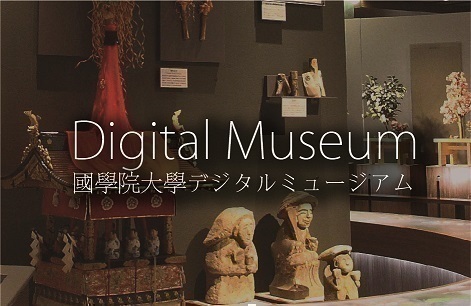- トップ
- Encyclopedia of Shinto
- Sūkeikai
Encyclopedia of Shinto
| Main Menu: | |
| Links: |
詳細表示 (Complete Article)
| カテゴリー1: | 6. Belief and Practice |
|---|---|
| カテゴリー2: | Associations and Organizations |
| Title | Sūkeikai |
| Text | "A shrine organization comprising parishoners (ujiko) and devotees from outside the parish (sūkeisha) that is put together to help maintain and build the shrine and perform edification (kyōka, see Shintō Edification) work. There are similar organizations known as hōsankai, among other names. Given the multiple forms that these various organizations known by their various names take, the attempt to categorize them begins by separating them into permanent, standing organizations and those organizations created on a temporary basis. The latter category corresponds to entities temporarily established when especially large sums of money need to be collected, such as when building a shrine or for holding commemorative events or large festivals (ōmatsuri). Organizations of this sort are dissolved as soon as the goal has been accomplished. ,Standing organizations, on the other hand, generally cover or help to cover the costs a shrine incurs principally for its customary festival and rites, and have edification activities as their objective. They come in various sizes and take on a variety of forms. At one extreme are those groups based on organizations of local residents (i.e., neighborhood associations, chōnaikai) in their shrines’ traditional ujiko districts; though they and the neighborhood associations are ostensibly independent of one another, in substance they are managed as one and the same thing. At the other extreme are large groups that are clearly independent of traditional, prewar neighborhood associations and ujiko organizations, and that have a membership that includes people from across a geographically expansive region that may extend beyond the ujiko district. ,Turning to the processes of their formation, many were established after World War II by breaking off from the prewar neighborhood associations in accordance with the Shintō Directive (Shintō Shirei) and with shrines becoming religious corporations (see Religious Corporations Ordinance and Religious Corporations Law). Sūkeikai emerged quickly particularly among those shrines that originally did not have ujiko. One also finds some that developed out of earlier organizations such as kō and kōsha (“confraternities” and “shrine confraternities,” respectively) that had come into existence in the early modern period or were established after the Great Promulgation campaign (Taikyō Senpu) of the Meiji period. ,The Meiji Jingū sūkeikai for Meiji Shrine is one of the largest and most prominent organizations of its type. The group met for the first time in June 1946, when Japan still under the U.S.-led Allied Occupation and the front areas of the shrine (shatō) were still in ruins from war damage. The then-primary goal of the organization was to “support the operation of the shrine.” In 1960—eight years after the end of the Occupation and after the shrine’s sanctuary buildings (shaden) had been rebuild—the organization solicited supporters to bring together a group of sūkeisha who venerated the “imperial virtues” (goseitoku) of the enshrined deity (saijin), the Meiji Emperor. Based on this group, the sūkeikai has since expanded its goal to one of edifying society and reviving “the spirit of the Meiji period.” ,The Jingū hōsankai at the Grand Shrine of Ise stands as the preeminent example of a hōsankai organization. The group was established as a non-profit incorporated foundation (zaidan hōjin) in December 1953 when the shrine’s buildings were rebuilt and reconsecrated (shikinen sengū) for the fifty ninth time, and it continues as such to the present day. — Sano Kazufumi " |




